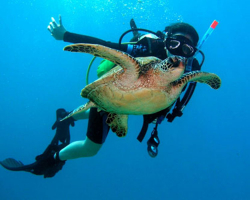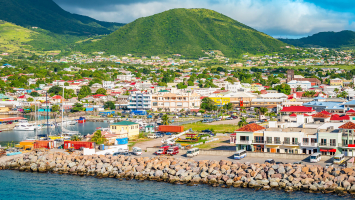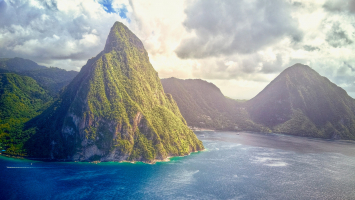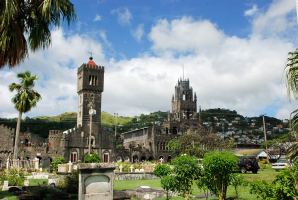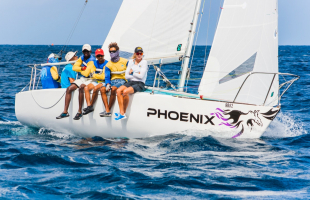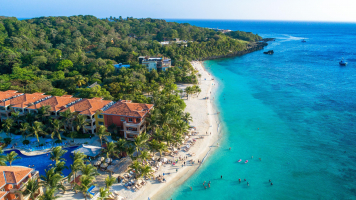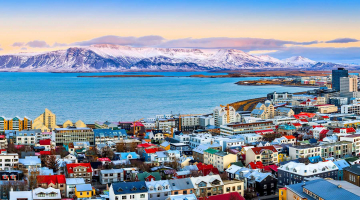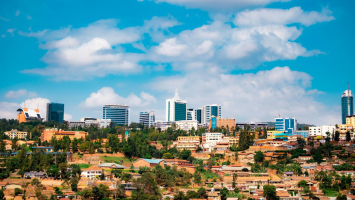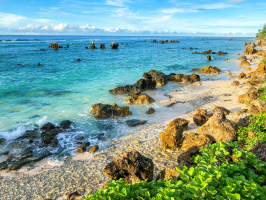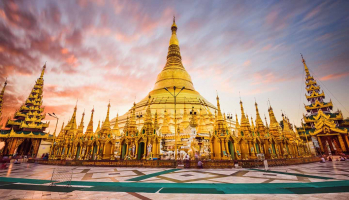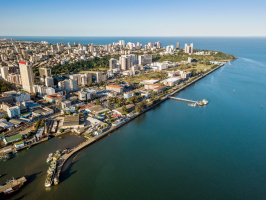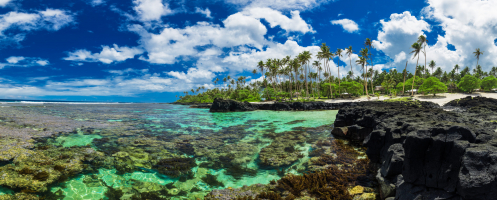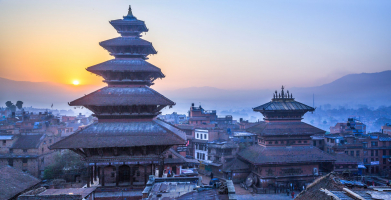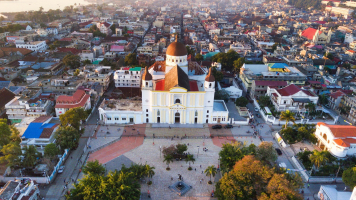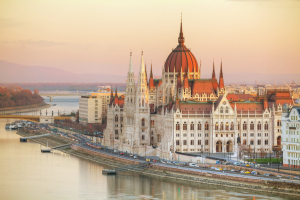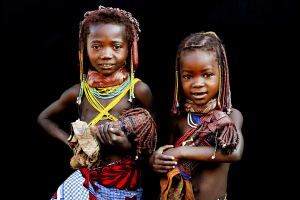Top 7 Unique Cultural Characteristics In Saint Vincent and the Grenadines
Saint Vincent and the Grenadines is a Caribbean island country. It is situated in the southeast Windward Islands of the Lesser Antilles, which are located in ... read more...the West Indies at the southern end of the Caribbean Sea's eastern border, where it meets the Atlantic Ocean. The culture of Saint Vincent and the Grenadines is strongly linked to that of mostly West Africa, with influences from Portuguese laborers, French and British settlers, and indigenous Caribs working together to create a vibrant multi-ethnic community. Toplist has compiled a list of the unique cultural characteristics in Saint Vincent and the Grenadines, hoping to give some useful information to the readers.
-
St Vincent became a British colony in 1763 and gained full independence in 1979. The years of British colonialization facilitated the use of English, which persisted even after independence. The country's proximity to the Americas contributes to the language's popularity. English is spoken by approximately 400,000 people in the country, and it is the primary medium of instruction from primary to tertiary institutions. English is also widely used in the media, from visual to audio to print. The language is also used in religious and government functions. This can be considered as one of the Unique Cultural Characteristics In Saint Vincent and the Grenadines that you should know.
Vincentian Creole is an English-lexified creole language spoken in St. Vincent and the Grenadines. Spanish, Antillean Creole, French, and Portuguese have all influenced Creole. The language was also influenced by African languages that arrived on the islands via slave trade, as well as native Garifuna languages. Throughout history, the language has become more English-based.The French were the first European powers to settle in St. Vincent, where they established Carib communities. The islands were then granted to the British through treaties, but the French regained control of them from 1779 to 1783. A subset of islanders, particularly those of European ancestry, speak French Patois. The French Patois spoken in Saint Vincent and the Grenadines combines French and African grammar with Spanish and English loan words.
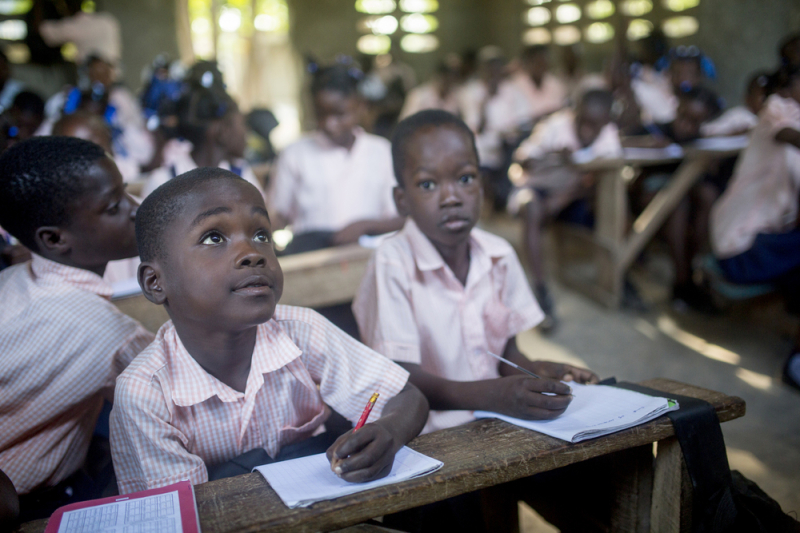
http://robshookphotography.com/ 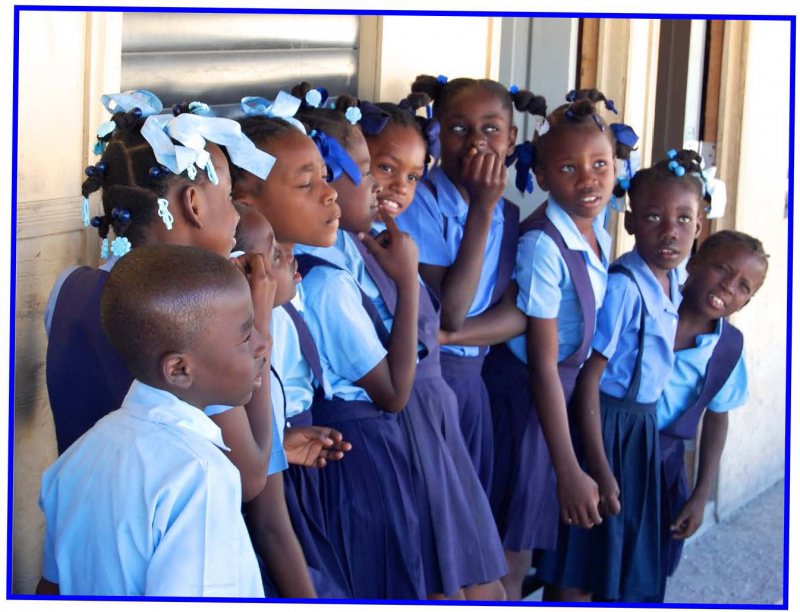
https://sites.sju.edu/ -
Saint Vincent and the Grenadines is a Caribbean Island nation with a population of approximately 102,089 people. According to the CIA World Factbook, the majority religion in Saint Vincent and the Grenadines is Protestant Christianity. This religion is practiced by 70.6% of the population. In the country, various Protestant denominations are active. Anglicans, Pentecostals, Methodists, Seventh-day Adventists, and Baptists account for 17.8%, 10.78%, 10.2%, and 10% of the population, respectively.
The islands of Saint Vincent and the Grenadines were originally home to the naive Island Caribs, who fiercely resisted European invasion. The indigenous faiths are practiced by the natives, which usually involve polytheistic beliefs and nature worship. They were successful in their efforts until 1719. The remaining Island Caribs and Africans were converted to Christianity by European Christian missionaries.
Although the country's population is predominantly Christian, many people continue to practice their traditional religions' rituals and customs. For example, many islanders place a high value on dreams, which they regard as genuine spiritual experiences. They believe that supernatural powers exist. They frequently perform rituals to ward off evil spirits. Elders are highly respected in society as wise individuals with extensive spiritual knowledge. The people also revere Christian teachings and incorporate them into their daily lives. Christmas, Good Friday, Easter Monday, and other national holidays are observed.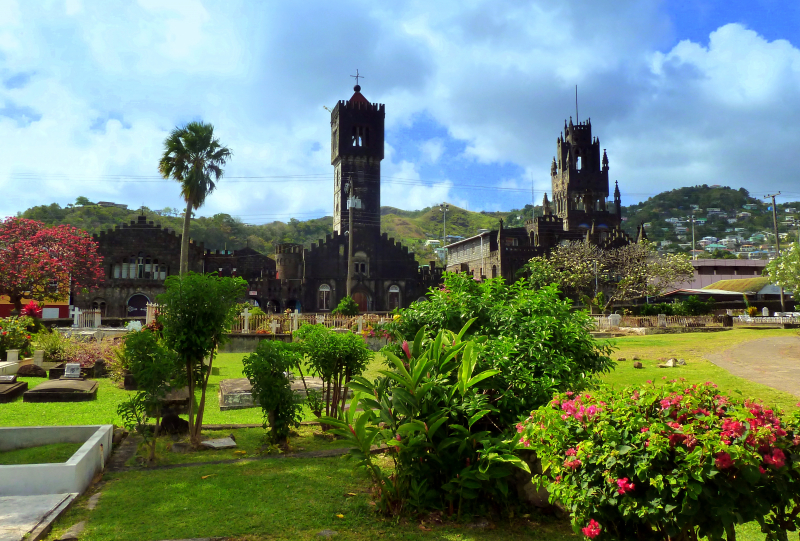
https://en.wikipedia.org/ 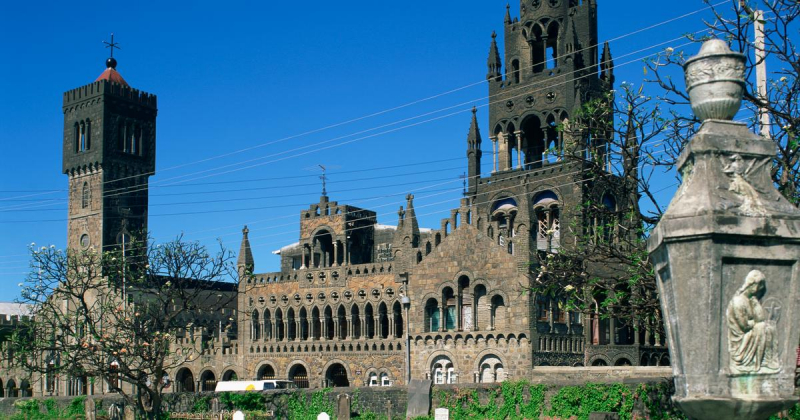
https://www.kayak.com/ -
It can be seen as one of the Unique Cultural Characteristics In Saint Vincent and the Grenadines. The country has 18 recorded rock art sites, mostly in river valleys near the coast. Petroglyphs engraved or rubbed on isolated boulders and exposed rock faces largely composed of andesite constitute the rock art of St. Vincent and the Grenadines. The rock art on St. Vincent depicts many features that are common to both parts of the Caribbean and rock art sites around the world. These features include numerous small, simple anthropomorphic faces, cup holes, polissoirs, and geometric groove patterns.
Larger, more complex faces begin to exhibit regional, stylistic characteristics found in the Caribbean region. Elements of costume and body decoration may be visible. Some of the images on the Vincentian rocks are common in the Antilles but not on the continent of South America. Double ears, ears joined to the eyes, and head-foot people are examples of such characteristics. This lends credence to the notion that the art form has evolved since migration to the islands.
The complex rayed heads discovered in St. Vincent, on the other hand, are only found in South America. St. Vincent then serves as a vital link between the islands to the north and the Guianas and Orinoco lands to the south. The most common South American figure is a spiral. Except for St. Vincent, they do not appear as individual motifs on the islands. The massive dioramas of South America are reflected in the sheer size of some of the St Vincent engraved panels.
The rock art of St. Vincent and the Grenadines is notable for its uniqueness. The main petroglyph at Layou is the largest in the Lesser Antilles. It bears striking similarities to the zemi carvings of Yocahu, Tano culture's supreme being, and this could indicate that the petroglyph was created by people of Saladoid culture, which evolved in Tano further north.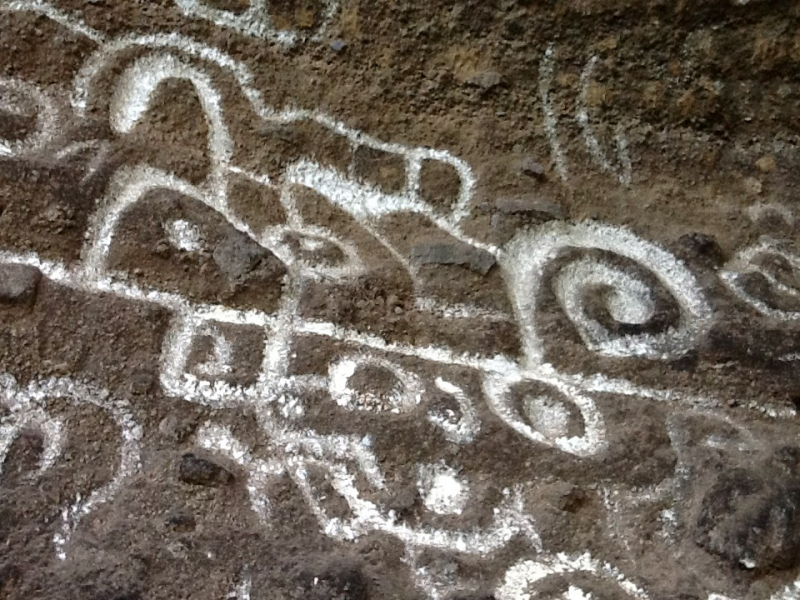
http://sasfa14.blogspot.com/ 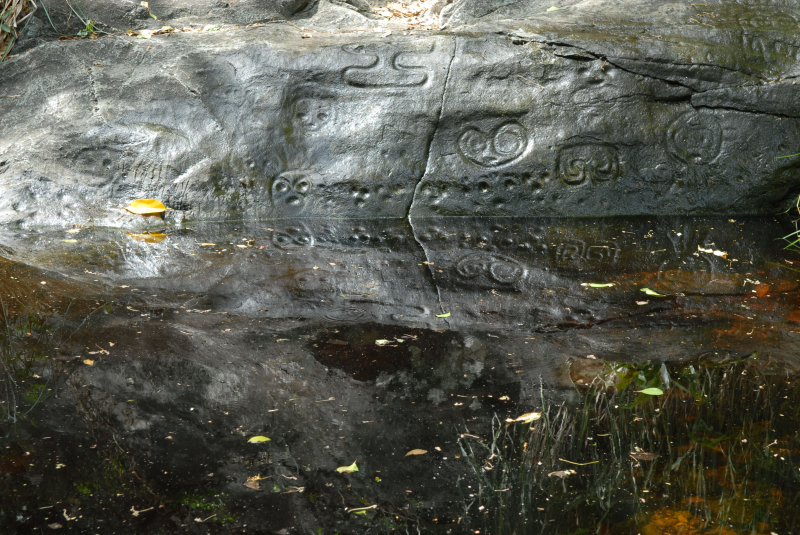
https://www.nps.gov/ -
Saint Vincent and the Grenadines' music scene includes thriving music scenes based on Big Drum, calypso, soca, steelpan, and reggae. Popular genres include string band music, quadrille, bélé music, and traditional storytelling.
Soca is a type of dance music that evolved from calypso music in Trinidad and Tobago. It originally combined the melodic, lilting sound of calypso with insistent percussion (often electronic in contemporary music) and local chutney music. Big drum music is popular throughout the Windward Islands, particularly in Saint Vincent and the Grenadines. Drums were traditionally made from tree trunks, but are now more commonly made from rum kegs. The socially conscious or satirical lyrics are usually performed by a female singer known as a chantwell, who is accompanied by dancers dressed in colorful skirts and headdresses. Big Drum is frequently heard at weddings and other celebrations, particularly boat launches.
Calypso emerged in the 18th century as a fusion of African and French music styles, with satirical and sociopolitical lyrics. It eventually coincided with the rise of steelpan music. Steelpan were quickly imported to Saint Vincent. Political lyrics in calypso have remained an important part of the genre. In 1984, a Vincentian musician named Becket released a song called "Horne fuh dem," which helped the ruling party lose the election that year.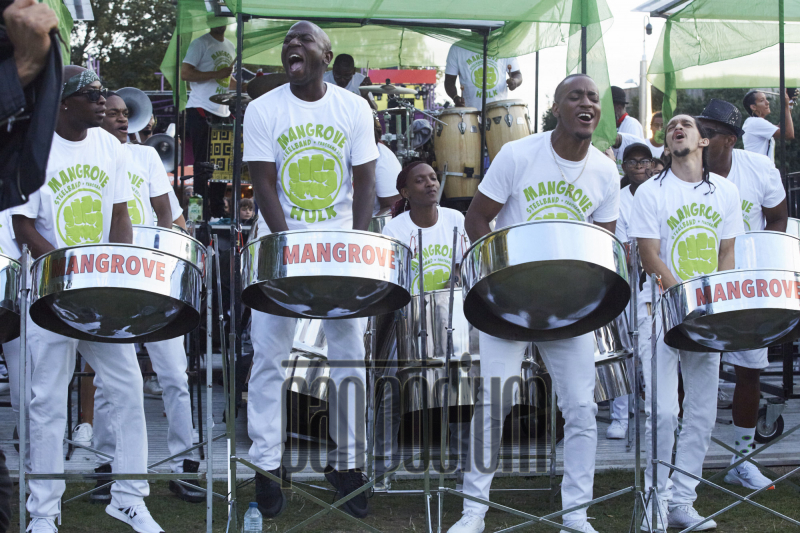
https://www.panpodium.com/ 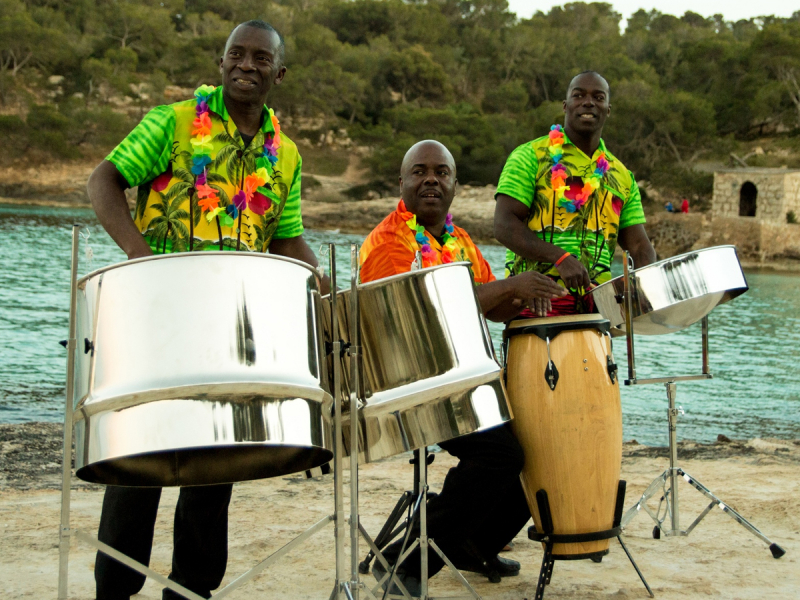
https://www.alivenetwork.com/ -
Traditional St Vincent and the Grenadines holidays coexist with modern celebrations to reflect the island's culture. Every year, the Bequia Easter Regatta, a major boat race, commemorates the island's heritage. The country celebrates its Caribbean heritage with the annual Vincy Mas Carnival. The Nine Days Christmas celebrations demonstrate traditional culture, and the Mustique Blues Festival is an example of a contemporary music festival in action.
Mustique Blues Festival began in 1996 as the brainchild of London blues singer Dana Gillespie. It takes place over two weeks in January and February on the island of Mustique, with a one-night stopover on the island of Bequia in the middle of the festival. It has grown in popularity since its inception and is a great place to hear some blues and roots music.The Bequia Easter Regatta takes place on the island of Bequia during Easter. It draws a large number of international professional and amateur sailors who compete in the Caribbean Sea that surrounds the island. It's quite a spectacle to watch, and the final day culminates in massive celebrations that last well into the night. Vincy Mas is a traditional Caribbean festival that includes parades and pageants, as well as dancing and music at street parties. It is St Vincent's most well-known festival, held annually over two weeks at the end of June and beginning of July.
During the month of September, many performances are held in the National Dance Festival to showcase traditional and other dance styles. Schools, community groups, and professional dance companies put on shows. Modern, traditional, creative folk, and ballroom dances can be expected.
The Nine Days Festivall, as the name suggests, is held over nine mornings in the run-up to Christmas Day. It is unique to St Vincent and the Grenadines and reflects indigenous culture mixed with Christianity. As you awaken to the uplifting sounds of traditional steel pan music played at pre-dawn street concerts, you will be reminded of where you are. Fêtes and fairs are held in towns and villages throughout the islands later in the day.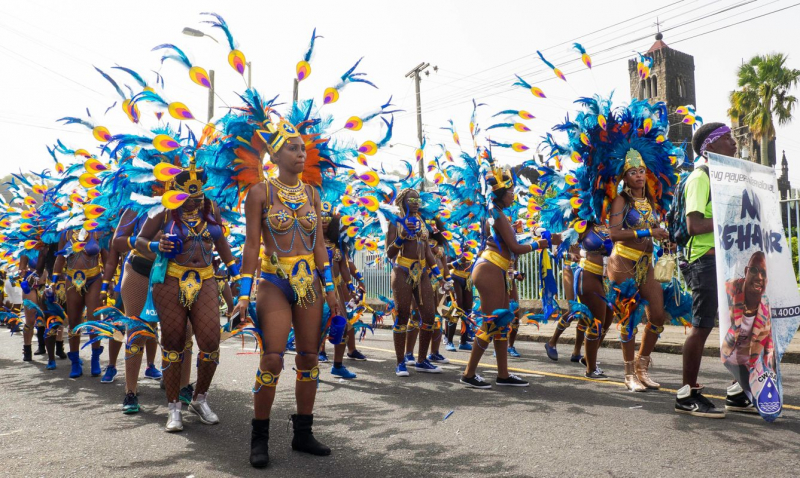
https://www.stvincenttimes.com/ 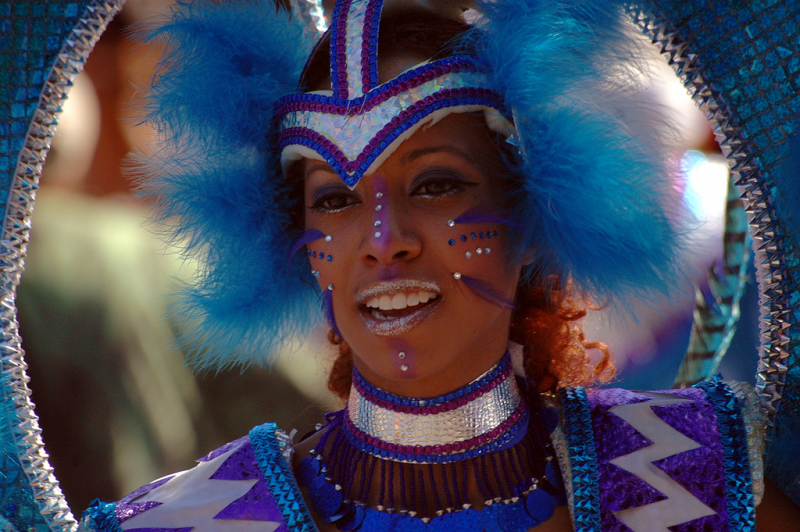
https://www.iexplore.com/ -
The island country's society has a slight patriarchal bias, with men having a slightly higher status than women. However, both men and women participate in economic activities in both rural and urban areas. Rural men have traditionally engaged in fishing and other seafaring activities, as well as labor-intensive agricultural work. Women perform less labor-intensive agricultural tasks, household chores, and childcare. Men sell fish at markets, while women sell local produce. In general, women are paid less than men.
St. Vincent and the Grenadines recognizes three types of conjugal unions: legal marriage, cohabitation without legal marriage, and visiting relationship (where couples stay apart but visit each other). Legal marriages are typically performed late in a couple's life, often after they have had several children together. A significant number of both men and women have multiple partners throughout their lives.
The country's household size is highly adaptable. Extended families, nuclear families, and single-person households are all common. The Vincentians adore children. The entire family is involved in the child's upbringing. Children are usually not named until they are about a month old. It is common practice to bury a newborn's navel-string under a fruit-bearing tree to ensure the child's health and happiness. In the country, education is free but not compulsory. Because there are few skilled employment opportunities on the island, many Vincentians are overeducated. Vincentians are well-known for their generosity. They are willing to go to great lengths to assist those in need. Those things is considered as one of the Unique Cultural Characteristics In Saint Vincent and the Grenadines.
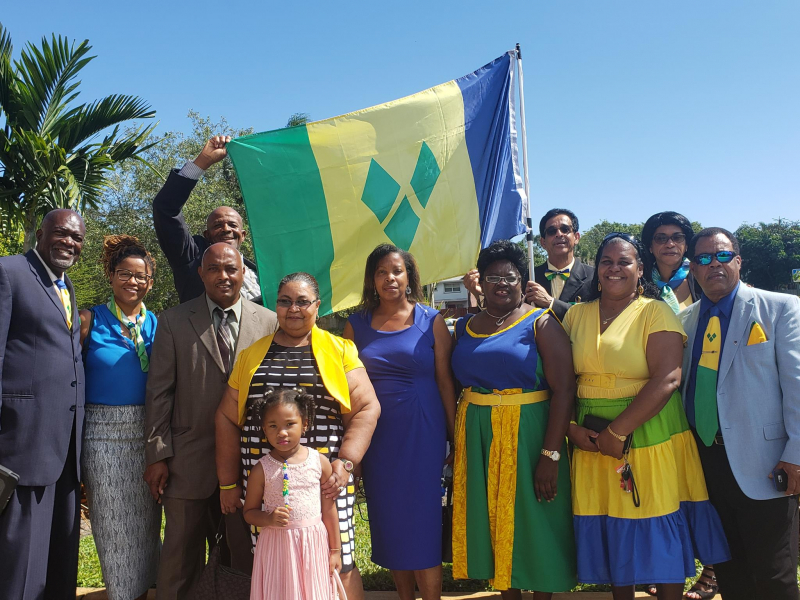
https://www.facebook.com/ 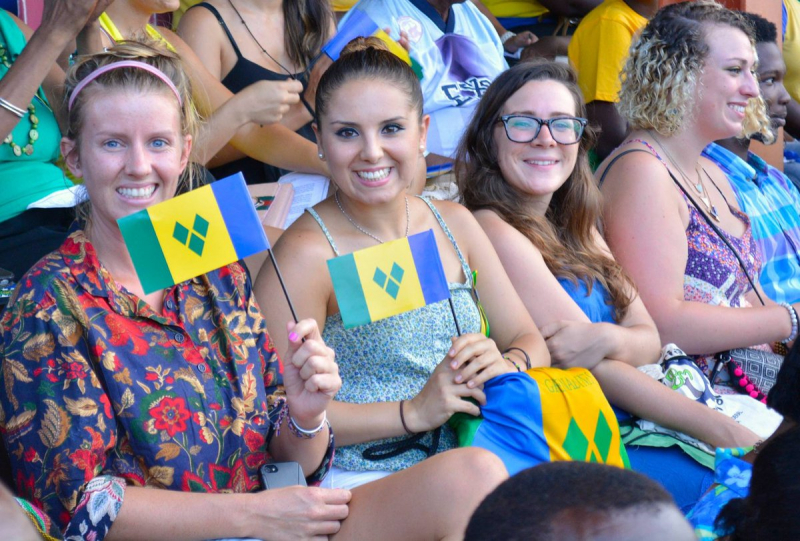
https://twitter.com/ -
Cricket, rugby, and association football are the most popular sports among men, while netball is the most popular sport among women. Basketball, volleyball, and tennis are also popular sports. The clarity and calm of Saint Vincent and the Grenadines' offshore leeward waters have enticed countless yachtsmen, sailors, surfers, and scuba divers to the islands. Vincentians prefer land-based sports, particularly cricket. The Arnos Vale Sports Complex in Kingstown has grown in popularity as a one-day international cricket venue. Vincentians have represented the West Indies in international cricket tournaments and have played professionally in England over the years.
The NLA Premier League is the country's premier football league, and it provides the majority of players for the national (association) football team. Ezra Hendrickson, a former national team captain who played for several Major League Soccer clubs in the United States and is now the head coach of the Chicago Fire FC, is a notable Vincentian footballer.The country competes in the Caribbean Basketball Championship on a regular basis, with both a men's and a women's team. Saint Vincent and the Grenadines has a national rugby union team that is ranked 84th in the world. Track and field are two other notable sports played at the regional level. Natasha Mayers won gold in the 100m at the Commonwealth Games in 2010. Kineke Alexander took bronze in the women's [400m] at the Pan American Games in 2015. Eswort Coombs won bronze in the 400m at the Pan American Games in 1995.
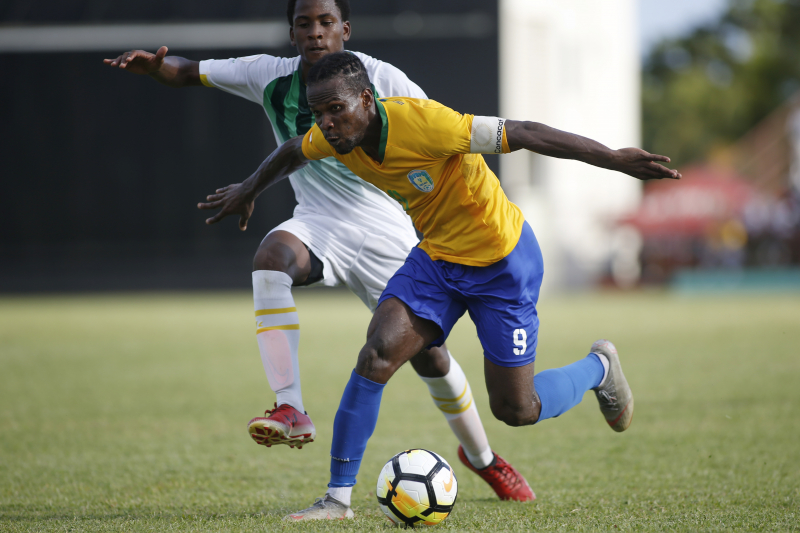
https://www.concacaf.com/ 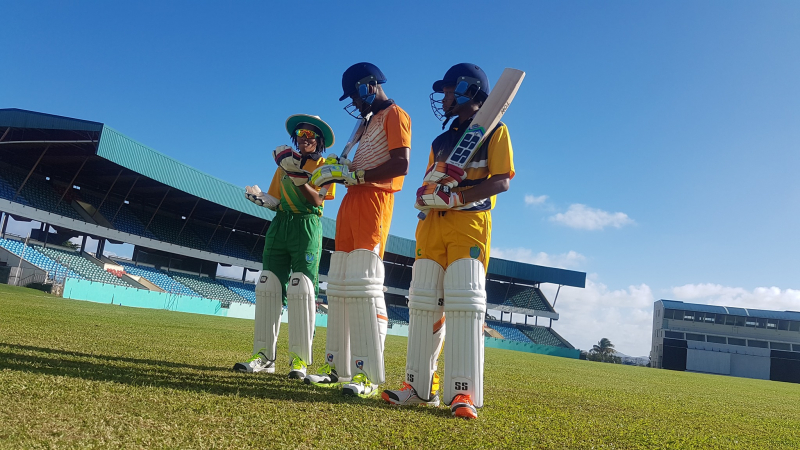
https://www.facebook.com/









